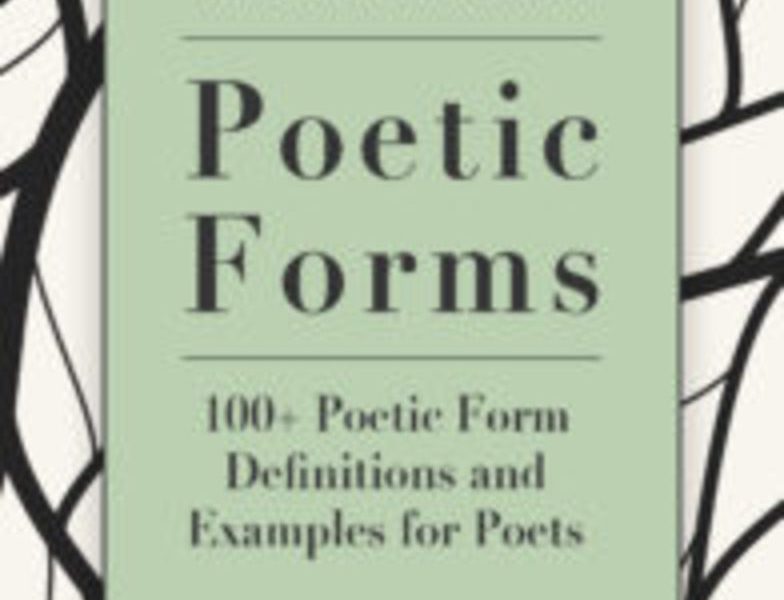Saraband: Poetic Forms
This week’s poetic form appears to have started in the Spanish colonies of South America as a type of music and dance (originally referenced as zarabanda) that crossed the Atlantic back over to Spain, before moving into France, Italy, and England. Apparently, the dance was originally considered so sinful that it was banned in 16th century Spain.
Here are the guidelines:
- 7 lines
- Poem can have either eight or 10 syllables per line
- I found five different rhyme schemes differentiated by language (Spanish: aaabcbc; English: axabcbc; French: axabbcc; and Italian: aaabccb or axabccb)
There are also poets who mention combining two sarabands to make a saraband sonnet of 14 lines. Of course, it’s not hard to imagine a double sonnet of 28 lines that employs seven lines in the Spanish form, seven in the English form, seven in the French form, and seven in one of the Italian forms.
*****
Play with poetic forms!
Poetic forms are fun poetic games, and this digital guide collects more than 100 poetic forms, including more established poetic forms (like sestinas and sonnets) and newer invented forms (like golden shovels and fibs).
*****
Here’s my attempt at a Saraband Poem:
“false gods,” by Robert Lee Brewer
in the valley of false gods and real truth
beneath every steel nail and broken tooth
telling tall tales inside a photo booth
i can’t say what you are by what you’re not
or capture all your darkness in the light
nor sell the sum of every lie once bought
from the merchants of menace in the night


